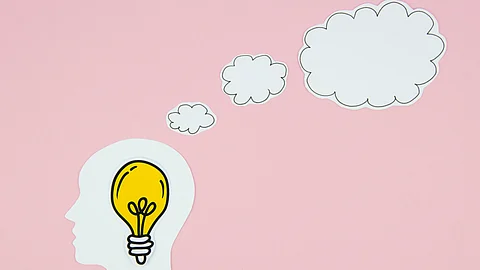Redefining Imagination and Creativity
As research continues to expand, anauralia offers a profound reminder of the diversity of human cognition and the limitless ways the brain can adapt to different realities.
References:
1. Aphantasia Network. "What Is Aphantasia?" Accessed December 28, 2024. https://aphantasia.com/what-is-aphantasia/.
2. Galton, F. (1880). I.--statistics of mental imagery. Mind; a Quarterly Review of Psychology and Philosophy, os-V(19), 301–318. doi:10.1093/mind/os-v.19.301
3. Keogh, Rebecca, and Joel Pearson. "The Blind Mind: No Sensory Visual Imagery in Aphantasia." Frontiers in Psychology 12 (2021): 744213. Accessed December 28, 2024. https://doi.org/10.3389/fpsyg.2021.744213.
4. Lambert, Craig. "The Brain: Look Deep into the Mind's Eye." Discover Magazine, August 2019. Accessed December 28, 2024. https://www.discovermagazine.com/mind/the-brain-look-deep-into-the-minds-eye.
5. González, José A., and María L. García. "Advances in the Understanding of Aphantasia: Perceptual and Cognitive Perspectives." Cortex 145 (2022): 180–192. Accessed December 28, 2024. https://doi.org/10.1016/j.cortex.2022.03.008.
(Input from various sources)
(Rehash/Dr. Sreelekshmi P/MSM)


